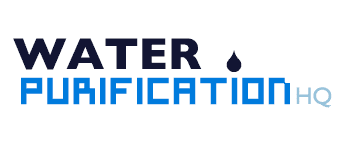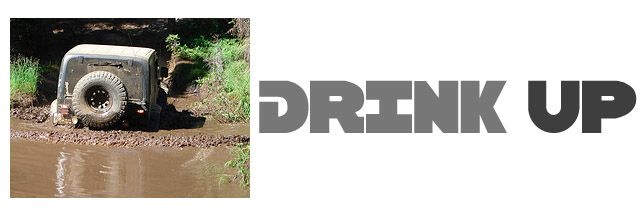Ok, so there are numerous contaminants found in the water supply. Even if we don’t include chlorine, which is commonly used as a disinfectant, we can count things like arsenic, lead, pharmaceuticals and other substances like MTBE.
How do these things get in the water? Why is lead making its way into the water coming out of the tap? Presumably, the lead is not in the water naturally. Same goes for pharmaceuticals and many other contaminants. The truth is, there are many different sources for tap water contamination. In this post, we will look at a few of the more notable ones.
Old, corroding piping
Piping that has not been well maintained is prone to leak. We talked about this in a previous article, but it’s worth repeating for this piece. The presence of metals can, in many cases, be traced to poorly maintained piping. In some cases, it can be caused by municipal piping. In others, it could be the piping within your own home. In any case, filtering your water within your house will take care of this problem.
Wastewater sent into streams, lakes and resevoirs
Wastewater is not recycled directly into water treatment facilities, but it often ends up back in the water sources where our drinking water is pulled from. Before the water is released, it is treated to an extent. That said, many things are not removed. As an example, traces of pharmaceuticals, which are expelled via urination, end up in wastewater and they are not removed before ending up back in the reservoirs and surface water where drinking water is pulled.
Groundwater and surface water contamination
In some cases, the groundwater or surface water is contaminanted with a substance that is not effectively removed by treatment facilities. Or, the substance may be removed, but not to a complete extent. This is why you often see percentages of contaminants that are deemed safe. In our opinion, no contaminant should be consumed if it can be avoided. Thankfully, you can purify your own water from within your home and get around the many deficiencies of public water treatment.
Water treatment facilities actually add contaminants in some ways
Chlorine is a harmful substance and even if it is only present in small quantities in our drinking water, it still should be removed before consumption. Treatment facilities use it as a disinfectant, but it is not removed once its job has been done. In other words, it kills harmful microorganisms and then it stays in the water to possibly harm your long-term health. Some people may also consider flouride to be a contaminant. The jury is still out on this in many respects, but the fact is, another chemical is added to the water before making its way to your tap.
There are of course other ways for harmful substances to make their way into our tap water, but these are some of the big ones. Feel free to leave others in the comments below.
Photo credit: Flickr user Tjflex2







{ 0 comments… add one }